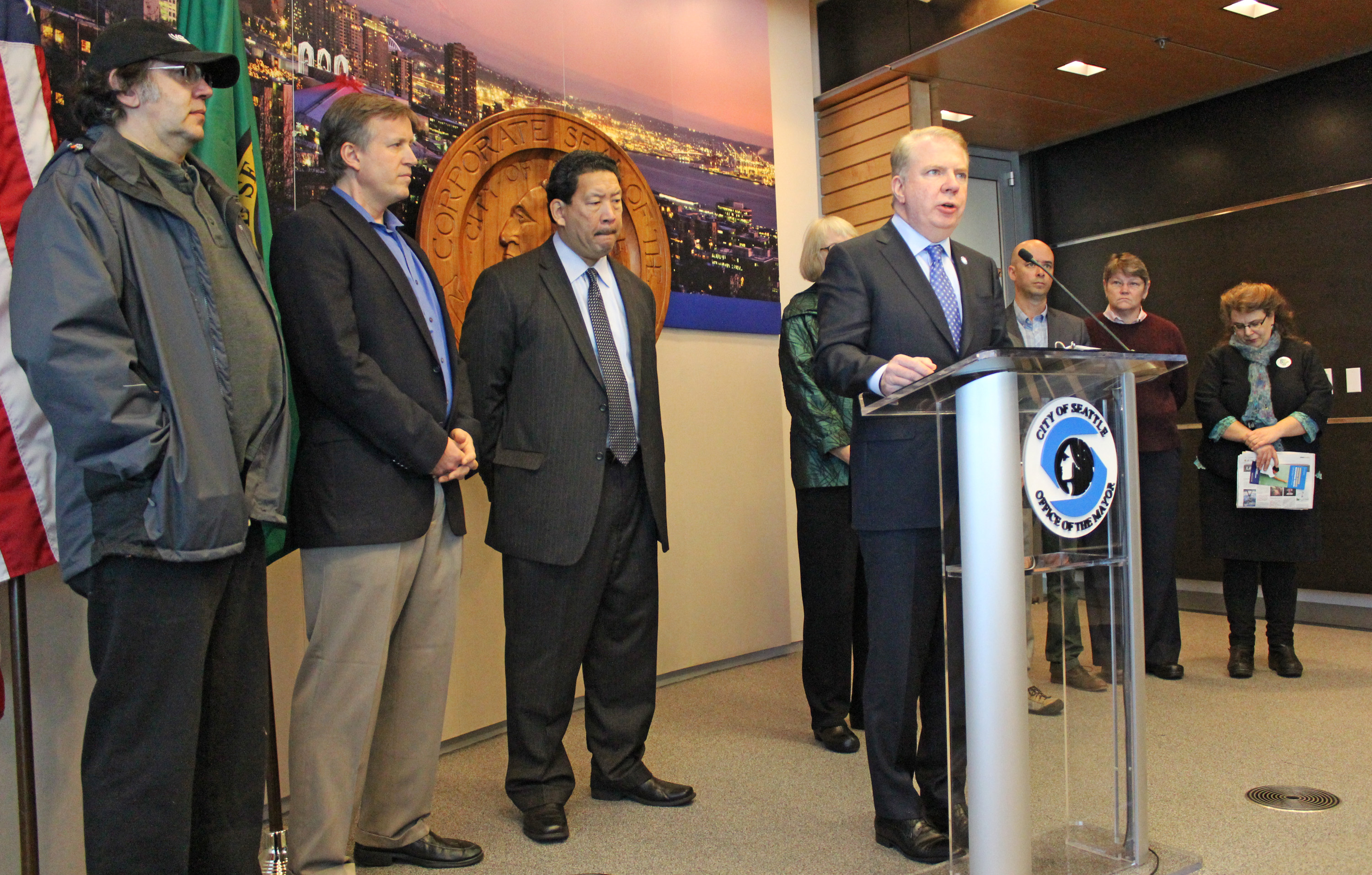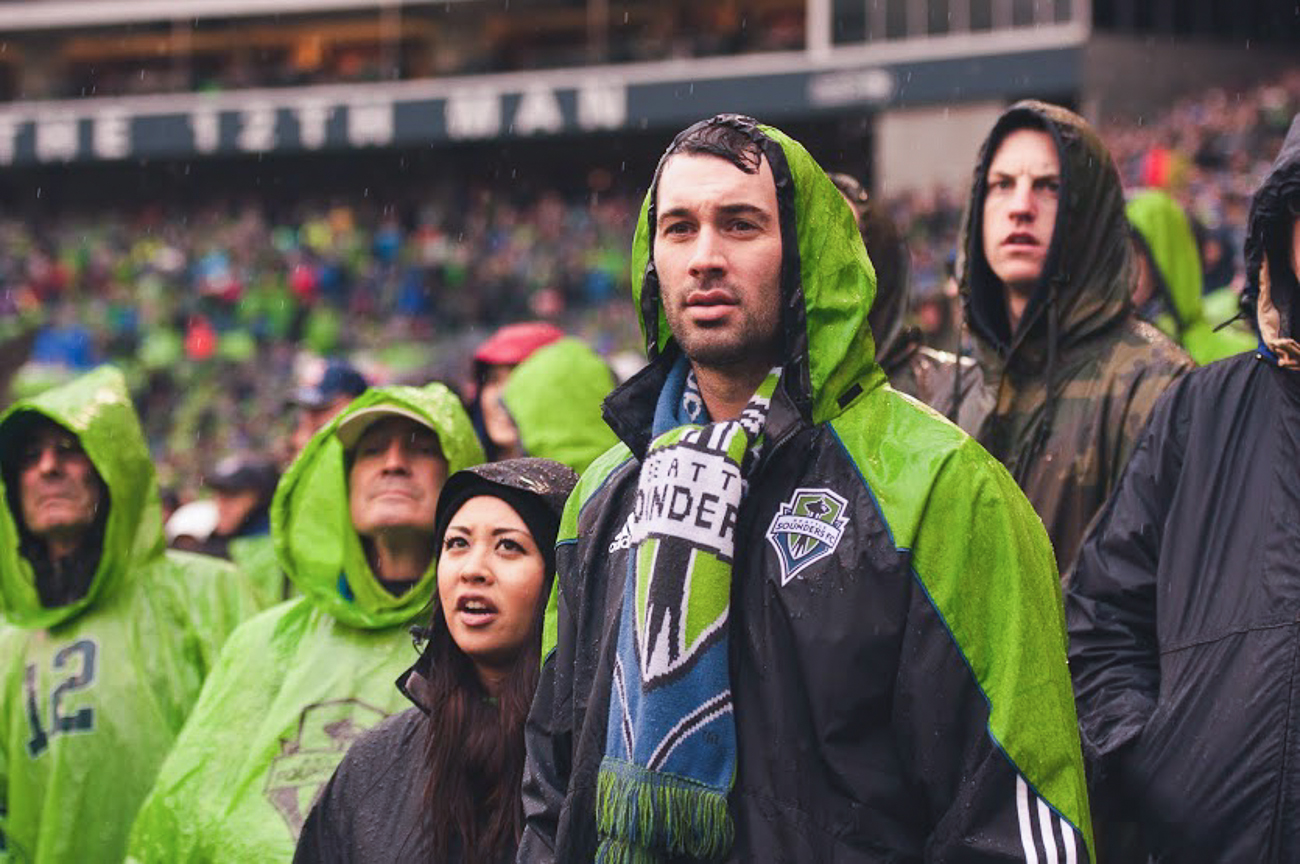Last October, faced with a growing number of homeless people that call Seattle home, and a growing debate over whether encampments might help or hurt the problem, Mayor Ed Murray created his Emergency Task Force on Unsheltered Homelessness. Chaired by Deputy Mayor Hyeok Kim, the group’s main goal was to deliver recommendations to the mayor on how Seattle can help the more than 2,300 individuals that sleep in the streets each night. Though these sorts of approaches aren’t exactly new, Real Change founder and homeless advocate Tim Harris told Seattle Weekly at the time he was willing to “suspend disbelief and hope for the best” as the new task force began its work.
In December, Murray’s Emergency Task Force on Unsheltered Homelessness delivered, at least when it comes to providing recommendations. Calling the situation “gravely urgent,” among other things, the group called for more emergency shelter beds, including a shelter specifically for youth, and urged the city to “permit organized legal camps to be sited on public land or privately-owned, non-religious property.”
Not being one to ignore good task force work, on Wednesday Murray looked to move forward on many of the group’s recommendations. Flanked by City Council members Bruce Harrell, Sally Bagshaw and Mike O’Brien (and other advocates, including Harris), Murray called Seattle’s homeless situation a “full-blown crisis” while unveiling intentions to submit a draft ordinance that would allow for up to three permitted encampments in Seattle at any one time. The encampments, according to the mayor’s office, would be located on vacant lots in non-residential area, and each would serve up to 100 people. They would also be required to move at least once a year, and be located within a half-mile of a transit stop and more than one mile from each other. Sponsorship by a religious organization would not be required. The mayor’s office indicates that the proposal will cost $85,000, which can be found in “existing budgets.”
“Permitted encampments are not, in my view, a long-term strategy to end homelessness, but organized encampments have less impact on our neighborhoods and provide a safer environment than what we see on our streets today,” Murray in prepared remarks later distributed to the press.
Somewhat ironically, Murray’s proposal mirrored an encampment bill drafted by Councilmember Nick Licata last year that ultimately met its demise at the hands of an encampment-weary council.
“This is not the solution to homelessness, but we simply can’t wait to solve homelessness,” Licata said.
In addition to his strategy on encampments, Murray also announced plans Wednesday to double the size of the emergency shelter at the King County Administration Building (which currently offers 50 beds during the winter) by Jan. 15, and fund another 15 shelter beds on Capitol Hill designated for homeless youth.








